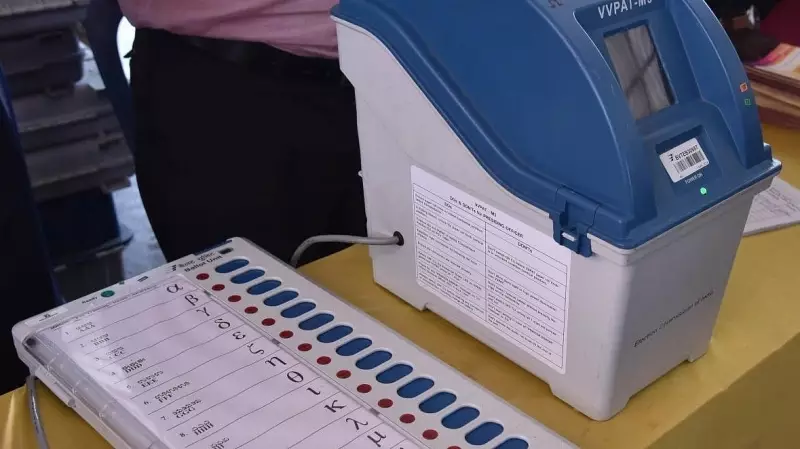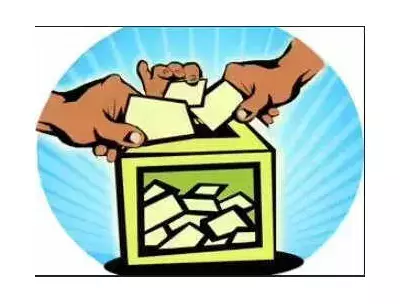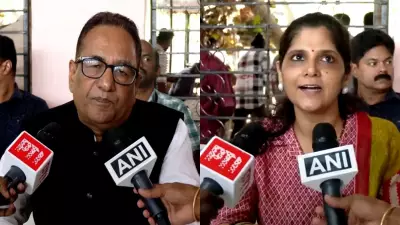
As Bihar gears up for the crucial 2025 Assembly elections, all eyes are on the vote counting process, particularly the verification of VVPAT slips. The Election Commission of India has established a meticulous procedure to ensure complete transparency and credibility in the electoral process.
What is VVPAT and Why Does It Matter?
The Voter Verifiable Paper Audit Trail (VVPAT) system provides voters with visual confirmation that their vote has been cast correctly. This paper slip, which appears in a transparent window for about 7 seconds, contains the candidate's name, party symbol, and serial number before dropping into a sealed box.
The Step-by-Step Counting Process
The counting of VVPAT slips follows a carefully structured protocol:
- Initial EVM Counting: The counting begins with electronic votes from EVMs being tallied first across all counting halls
- VVPAT Random Selection: Returning Officers randomly select one polling station per Assembly constituency for VVPAT slip verification
- Secure Verification Process: The VVPAT slips from selected stations are counted in a designated VVPAT counting booth under strict security
- Result Comparison: The manual count of VVPAT slips is compared with the EVM results from the same polling station
- Full VVPAT Counting (If Required): If any discrepancy is found, all VVPAT slips from that Assembly constituency must be counted
Key Timelines and Important Dates
While the exact dates for the 2025 Bihar elections haven't been announced yet, the process typically follows this pattern:
- Voting Phase: Expected in October-November 2025
- Counting Day: Usually occurs a few days after the final phase of polling
- Result Declaration: Same day as counting, with trends emerging by afternoon
Ensuring Electoral Integrity
The VVPAT system serves as a crucial safeguard against potential electoral malpractices. By providing a physical record of each vote cast, it allows for manual verification and builds voter confidence in the electronic voting system.
The entire counting process is conducted under the watchful eyes of election observers, candidate representatives, and media personnel, ensuring complete transparency at every stage. This multi-layered verification system represents the Election Commission's commitment to conducting free and fair elections in one of India's most politically significant states.





